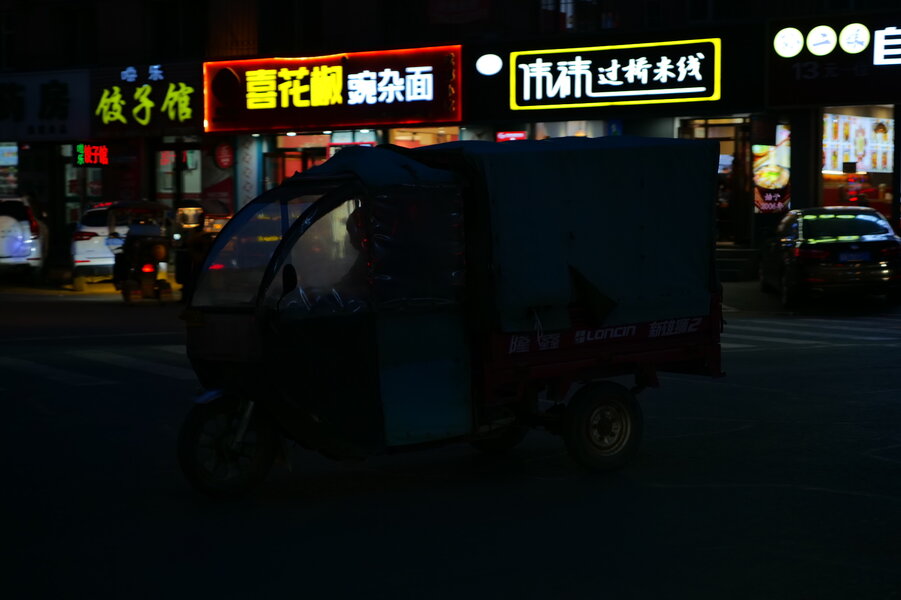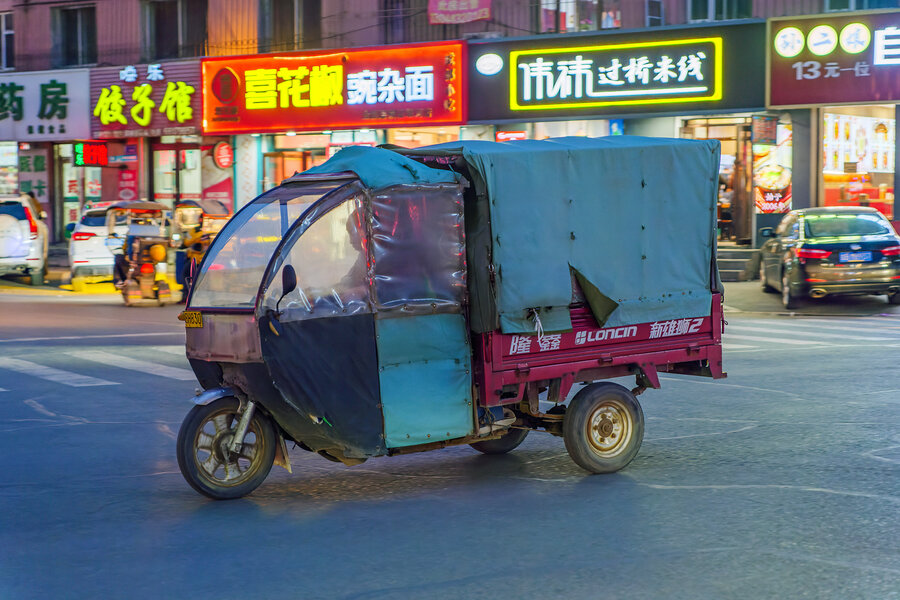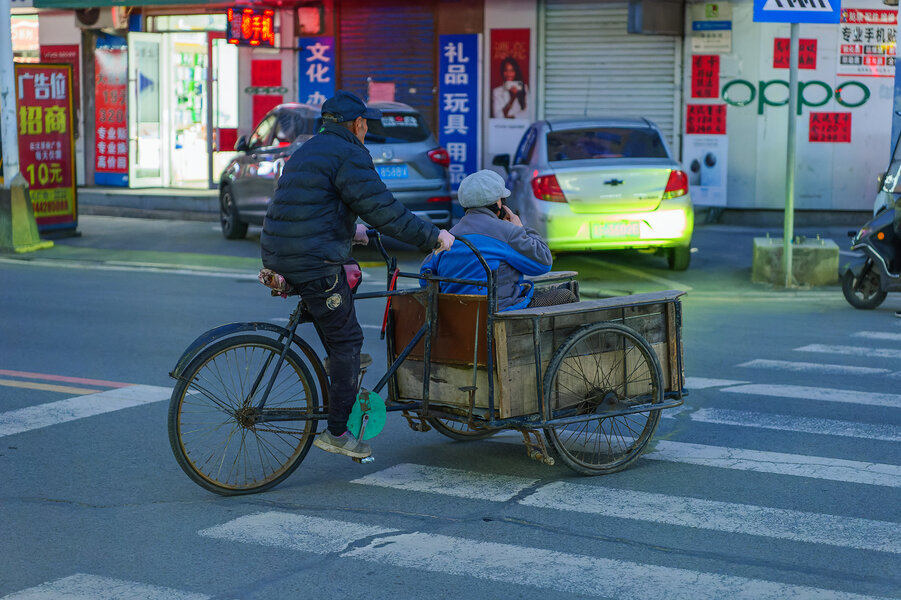As it comes to weight and long trips to carry.
My daughter has started a journey and stay of several months in Central America (for her study).
She loves to use my old „analogue“ Nikon camera. And was intending to take that camera with her.
I advised against taking it. Not just because of the weight of the camera and a few lenses.
But also the bulk of films she should have to taken with her. Given the temperatures and humidity there,
and the risk by softening film emulsions, loosing or damaging films. etc. - a bad idea.
Better 3000 digital images to much, than 30 "film" made images to less, with an already small „analogue“ choice.
And results only can be seen afterwards, when the trip is over. Without the images being assessed in between.
Now she has taken her 24 MP APS-C Canon M50, I gave her several years ago - 388 gram
Including a Canon 22mm/F2.0 „pancake“ lens - 105 gram !!
Small (but relative heavy) - manual 7Artisan 35mm/F1.4 - 228 gram
And a Canon 50mm F/1.8 II / Nifty fifty / plastic fantastic lens - 160 gram
including electronic adapter - about 100 gram
Totally about - 1 kg
All private luggage and camera gear within a backpack and special bags and hollow belts around her body.
Backpack about 10 kg - the special bags and hollow belts about 2 kg
As for „back-up“ and risk of loosing digital data. (NO laptop taken).
Give her my old Android Smartphone and integrated that by the use of a
< small USB card-reader > for SD-cards,
as well USB memory stick (Samsung FIT 256 GB), and making two
extra SD-back-ups (+ USB-stick itself).
Kept separately within her luggage.
If the WiFi conditions are reasonable, she can transfer data to a NAS device at home. (The Netherlands).
But till now, she made her back-ups to the SD-cards only.



